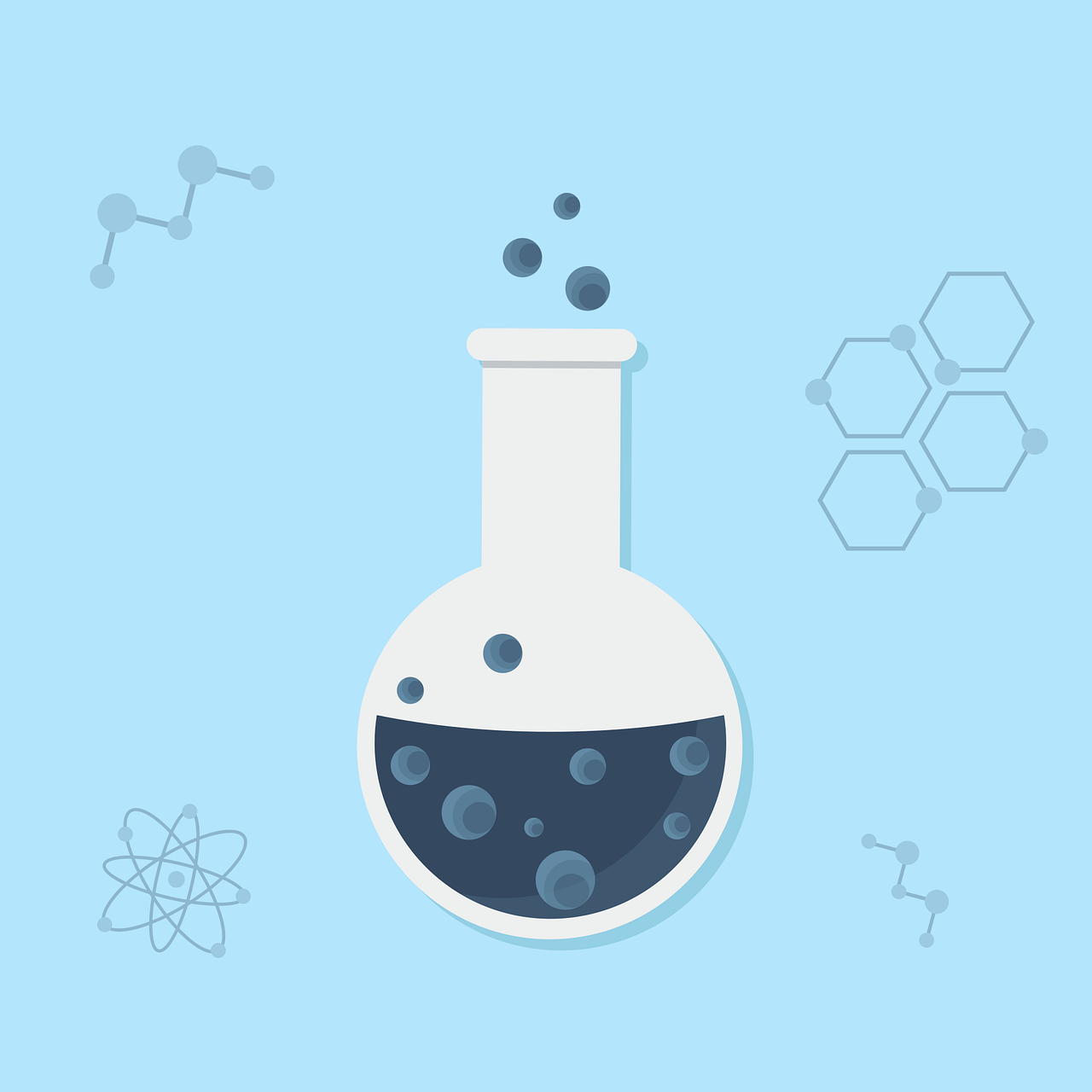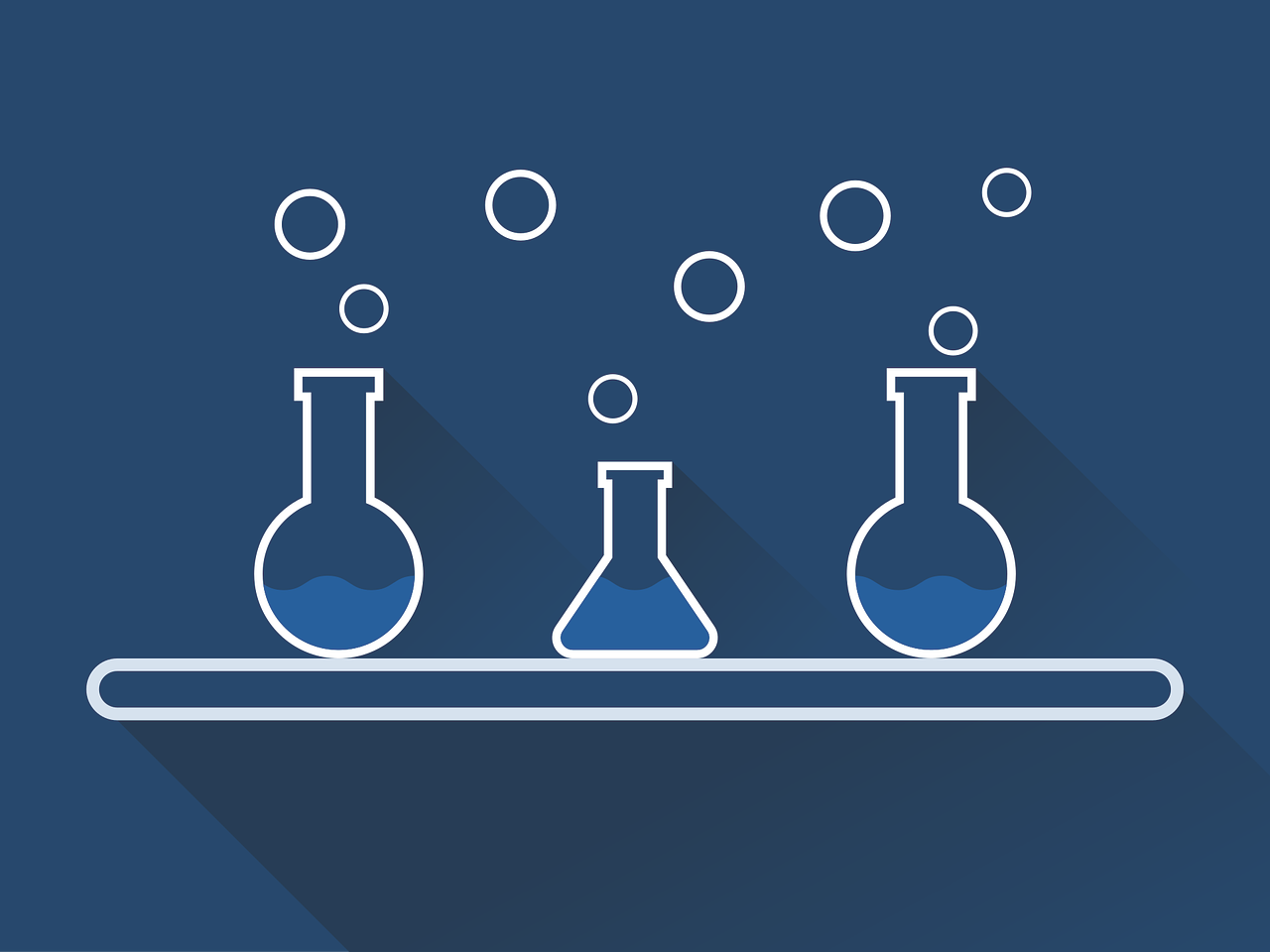Content begins here
Main page content
Click to collapse
Select an Experiment
An experiment is a procedure performed to support, disprove, or confirm a hypothesis. Experiments are helping with reducing the risk and uncertainty of business ideas, they are providing weak or strong evidence that supports or disproves a hypothesis, and they can be fast or slow and cheap or expensive to perform(Testing Business Ideas, 2019). In this lesson, we will learn how to select an experiment and what rules we need to follow.

Resource: Pixabay
How to select the right experiment?
Aks these three questions(Testing Business Ideas, 2019):
Hypothesis type: What type of hypothesis are you testing? Choose experiments based on your main learning goal.
Level of uncertainty: How much evidence do you have?
Knowledge is crucial. When you know little, your only goal is to present evidence that leads you in the right direction. Fast and cheap experiments are best suited for this purpose, despite generally weak evidence. The more you know, the stronger the evidence should become, which is usually achieved through more expensive and lengthy experiments.
Urgency: How much time do you have until the next big decision or until you run out of money? When you run out of money, you have to choose the right experiments to convince decision-makers and investors to extend funding.

Resource: Pixabay
Some rules to follow(Testing Business Ideas, 2019):
-
- Combine cheap and fast in the beginning. Stick to cheap and fast experiments to determine the right direction. Ideally, you should choose an experiment that is cheap, fast, and that still provides strong evidence.
- Increase the strength of the evidence by using more experiments for the same hypothesis. Perform several experiments to support or refute the hypothesis.
- Always choose the experiment that provides the strongest evidence given your limitations. Always choose and design the strongest experiment you can, respecting the context.
- Reduce insecurity as much as you can before you do anything. The higher the cost of making something, the more it takes to run more experiments to show that customers really have the work, hassle, and profit you think they have.
Conclusions
Using these rules will help you perform your experiments in the best possible way. The choice of an experiment depends on the amount of available resources and the control over making the wrong decisions. In the following lessons, we will talk more about the types of experiments that can be performed.
Video and PDF presentationClick to collapse
The following video explains the content of this lesson and shows some examples:
Video T4.L1. Select an Experiment
Here you have the content of the video in pdf in case you need to use it in your classroom:
Lesson contents in PDFClick to collapse
Here you have the contents of the lesson in PDF:

